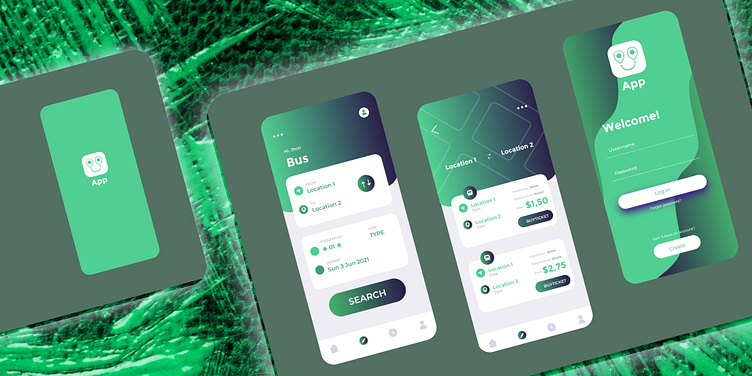Bus App
Title: Bus App Case Study
Introduction:
Urban transit systems are essential for millions of people worldwide, yet they often face challenges such as inefficiencies, delays, and lack of real-time information.
This case study explores the development process, key features, design considerations, and impact of the Bus App.
Problem Statement:
Urban commuters often face challenges in navigating bus routes, including uncertainty about bus schedules, delays, and difficulties in finding the most convenient routes.
Development Process:
Market Research
User Persona Development
Feature Prioritization
Prototyping and Design
Development and Testing
Deployment and Iteration
Key Features:
Real-time Bus Tracking
Route Planning
Schedule Alerts
Nearby Stops and Points of Interest
Accessibility Features
Integration with Payment Systems
Design Considerations:
Visual Hierarchy
Consistency and Branding
Usability Testing
Accessibility Compliance
Cross-platform Compatibility
Impact:
The Bus App has had a significant impact on urban transit systems, revolutionizing the way people navigate and experience public transportation. Additionally, the app has contributed to reducing congestion, promoting sustainable transportation options, and enhancing the quality of life in urban communities.
Conclusion:
The Bus App exemplifies the power of technology in addressing complex urban challenges and enhancing the everyday experiences of city dwellers. As cities continue to grow and evolve, the Bus App serves as a model for leveraging technology to create more efficient, inclusive, and sustainable urban transit solutions.


